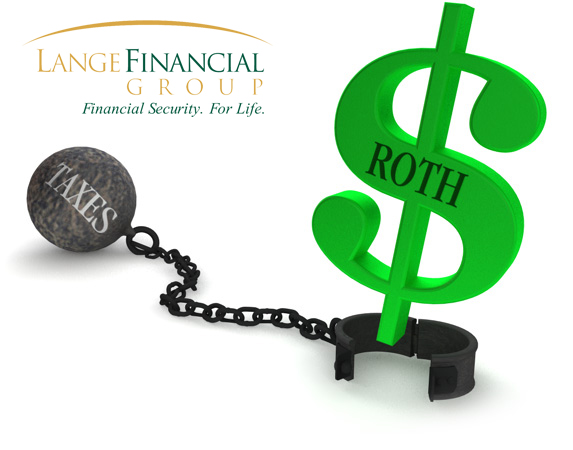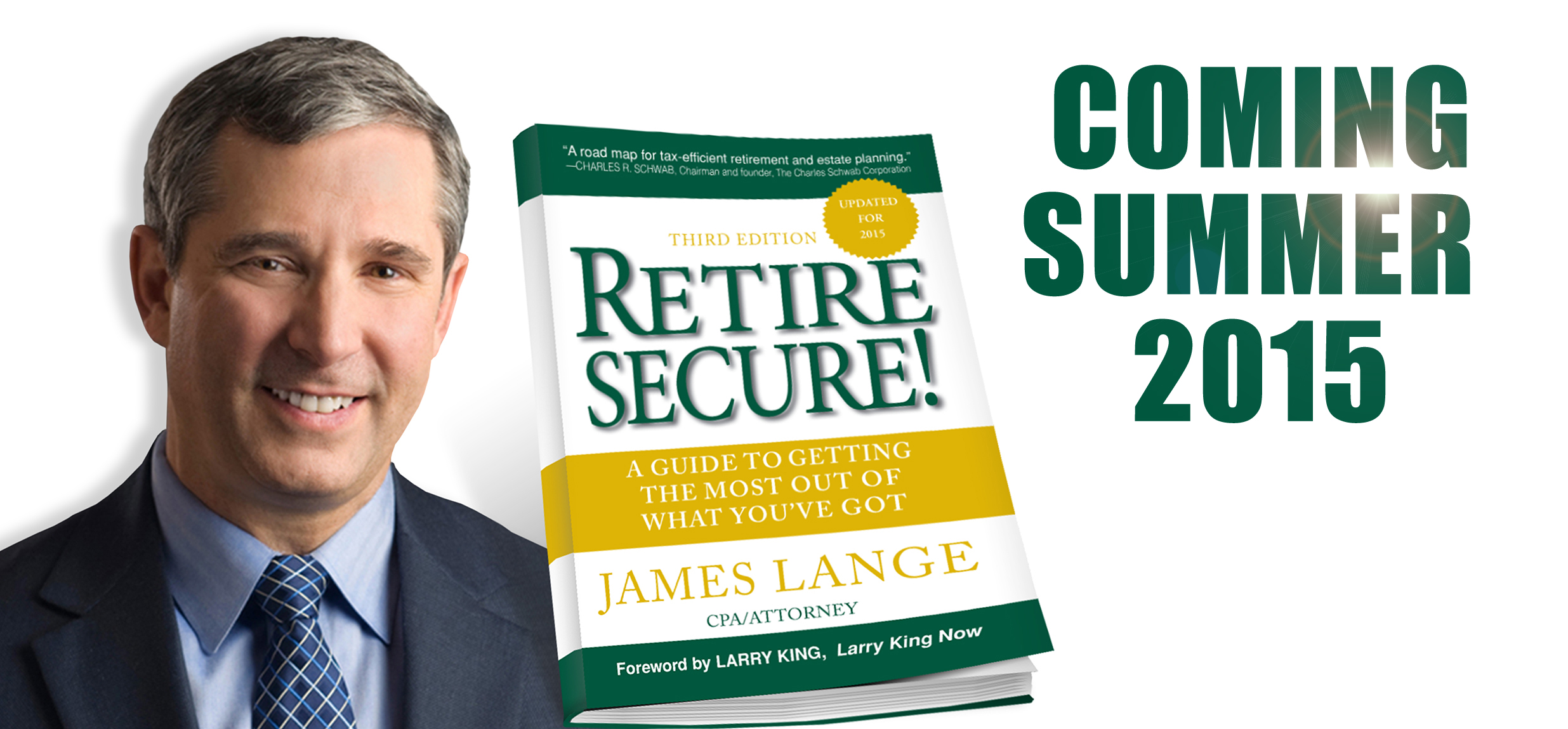The Aftermath of Brexit
Pros and Cons: What Options Do Individual Investors Have?

What should you do about your own retirement plan in the aftermath of Brexit? Find out why now could be a great time to do a Roth conversion!
On June 23, 2016, a majority of British citizens voted to leave the 28-member European Union – an action referred to as the “Brexit”. The following day, Americans awoke to learn that global stock markets had not reacted well to the news. Our major domestic indices followed suit, with the Dow Jones Industrial Average declining more than 600 points in one day. Trillions of dollars in wealth were estimated to have been wiped out overnight, and more is likely to follow as the world adjusts to the news.
Prior to the historic Brexit vote, I watched with interest as the pollsters interviewed people on the streets and then confidently predicted that Britons would vote to stay in the union. The British pound made gains, and even the lethargic US stock markets seemed cheered at the news. Life, it seemed, would be good as long as the union remained intact. Investors throughout the world thought that the good citizens of Great Britain would never upset the apple cart, and placed their bets accordingly. And guess what? They bet wrong!
Time will tell, but I suspect that much of this market chaos is happening because the investors who relied on the pollsters got caught with their pants down. Plans were made and fund managers structured their portfolios assuming that the citizens of Great Britain would vote to stay – and they didn’t. Now these investors find themselves having to scramble to put their Plan B – assuming they even have one – in place. What does their mistake mean for you?
If you’re clients of ours, you know that we have always advocated using a balanced approach to money management. And we never advocate making changes to your portfolio based solely on what the market is doing. However, for many of you, now would be a great time for you to take that trip to London that you’ve always wanted to do. The US dollar strengthened on the news of the Brexit, and will stretch much further now than it would have a week ago. Or, consider establishing Roth IRAs or college tuition accounts for your grandchildren. If they have ten or more years to wait out a market recovery, you can fund those accounts with equities purchased at prices much lower than they were last week at this time.
What should you do about your own retirement plan in the aftermath of Brexit? If you hold any global funds in your IRA, now could be a great time to do a Roth conversion. By converting when the market value of the fund is low, you pay less in federal income tax than you would when the fund value is high. And if the market continues to drop even further, you can always recharacterize your conversion. I’ll be talking about some of these points on my next radio show on 1410 KQV. You can call in and ask questions during the live broadcast on Wednesday, July 6th, from 7:00 – 800 p.m., or catch the rebroadcast on Sunday, July 10th at 9:00 a.m. You can also read more about Roth conversions by clicking this link on my website: https://www.paytaxeslater.com/roth_ira/
Please call our office soon if you have been thinking about doing a Roth conversion, and we will run the numbers to see if it makes sense for you. And if you do go to London, send me a postcard!
Jim


 A nationally recognized IRA, Roth IRA conversion, and 401(k) expert, he is a regular speaker to both consumers and professional organizations. Jim is the creator of the Lange Cascading Beneficiary Plan™, a benchmark in retirement planning with the flexibility and control it offers the surviving spouse, and the founder of The Roth IRA Institute, created to train and educate financial advisors.
A nationally recognized IRA, Roth IRA conversion, and 401(k) expert, he is a regular speaker to both consumers and professional organizations. Jim is the creator of the Lange Cascading Beneficiary Plan™, a benchmark in retirement planning with the flexibility and control it offers the surviving spouse, and the founder of The Roth IRA Institute, created to train and educate financial advisors. My wife recently told me that she didn’t think that there was anything that could keep me from blogging about my upcoming book, Retire Secure! While she was joking, she was also right, I thought. But then,
My wife recently told me that she didn’t think that there was anything that could keep me from blogging about my upcoming book, Retire Secure! While she was joking, she was also right, I thought. But then,  The third edition of Retire Secure! has been completed and will be going to the printer shortly. Some of you may be thinking, “So what? I already read that book.” Since the second edition of Retire Secure! was published in 2009, there have been two major revisions to the tax code and several landmark court decisions that have significantly changed the way we approach the cases we handle in our office. We try to keep you informed of these changes through our newsletters. If you’re a client, we also meet with you at least once a year to review your situation and, if needed, we help you make changes so that you can achieve the best results possible based on the current laws.
The third edition of Retire Secure! has been completed and will be going to the printer shortly. Some of you may be thinking, “So what? I already read that book.” Since the second edition of Retire Secure! was published in 2009, there have been two major revisions to the tax code and several landmark court decisions that have significantly changed the way we approach the cases we handle in our office. We try to keep you informed of these changes through our newsletters. If you’re a client, we also meet with you at least once a year to review your situation and, if needed, we help you make changes so that you can achieve the best results possible based on the current laws.